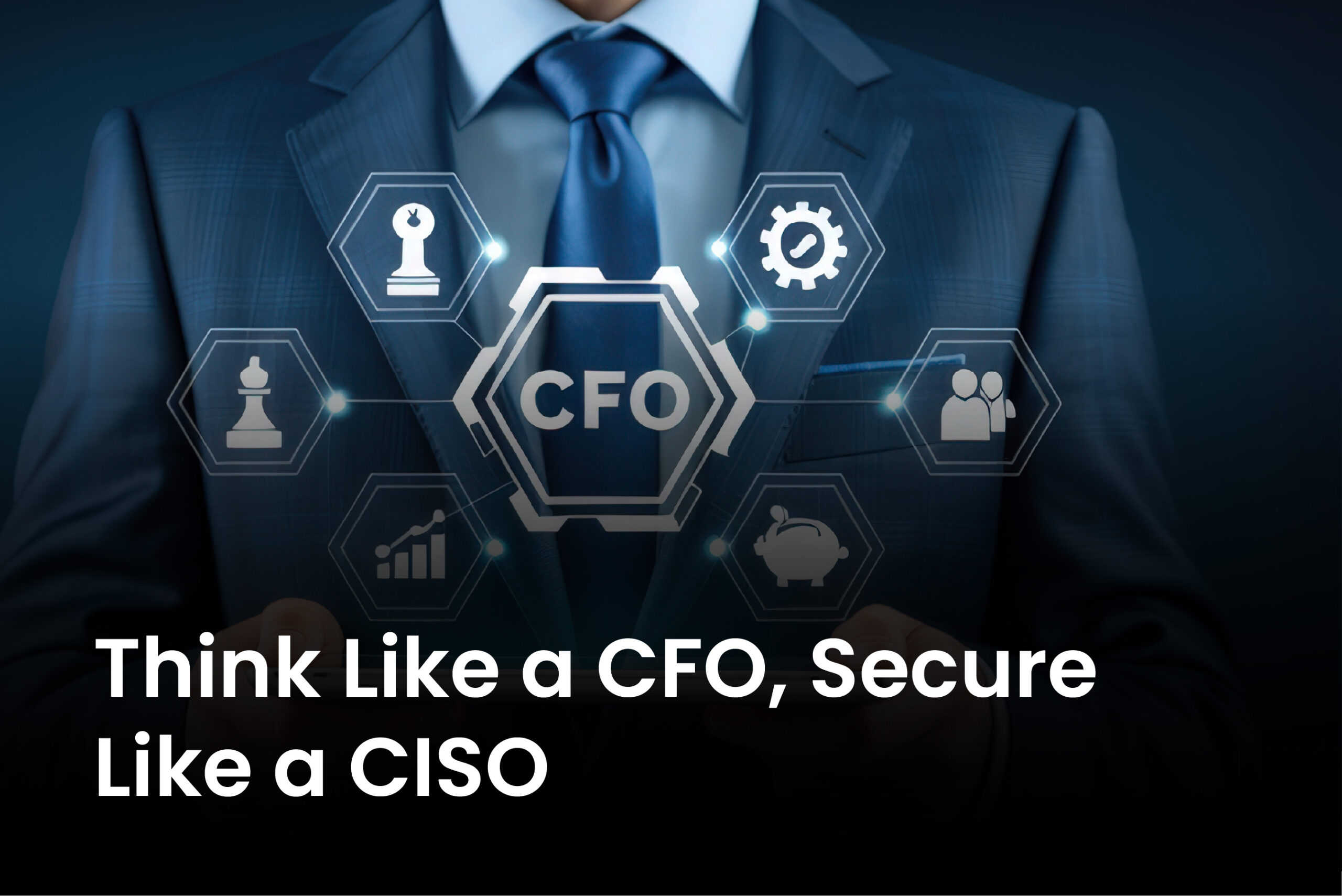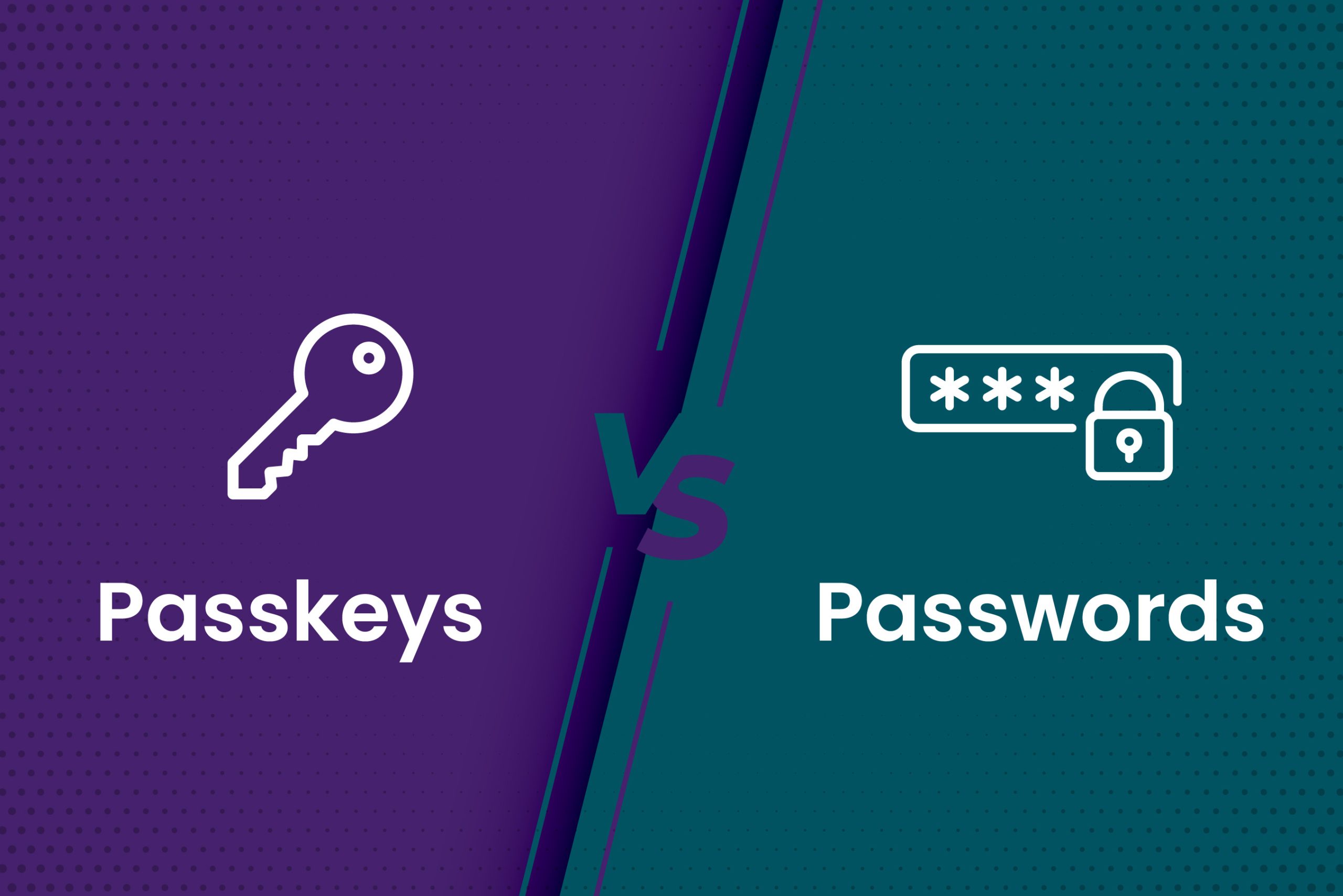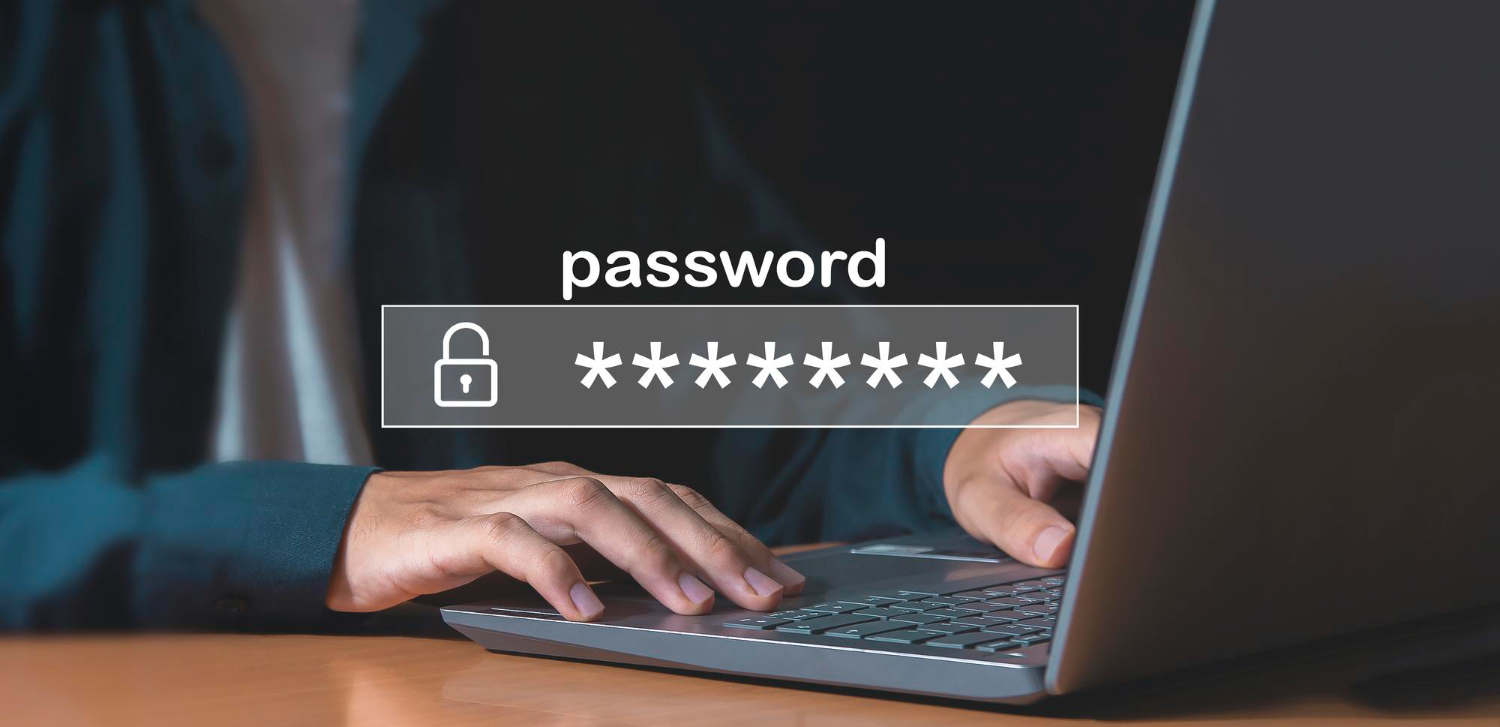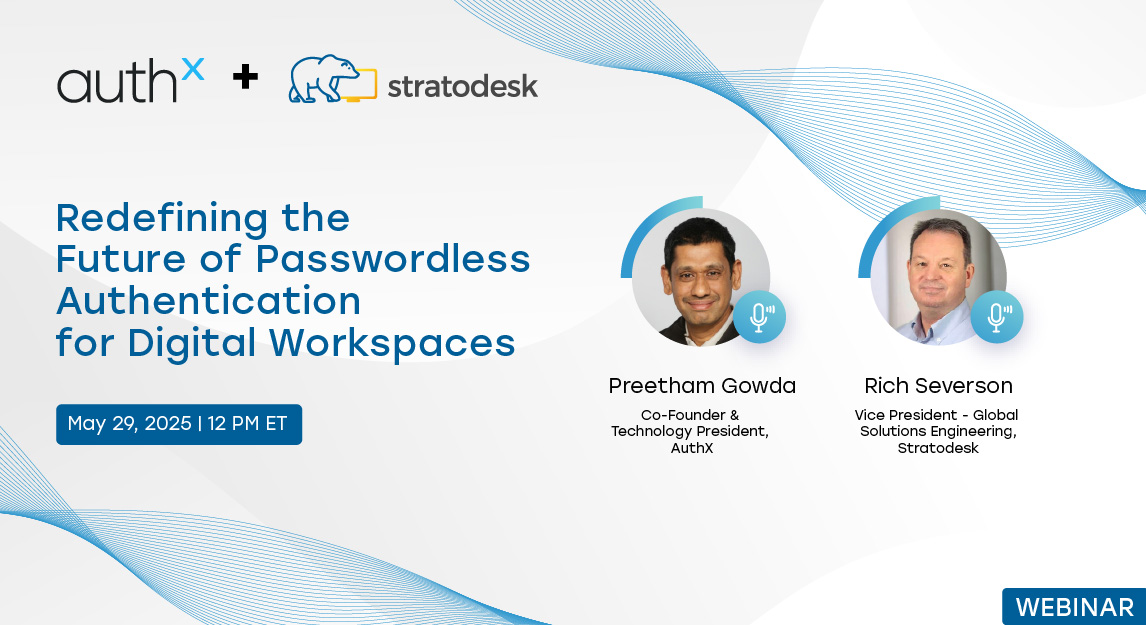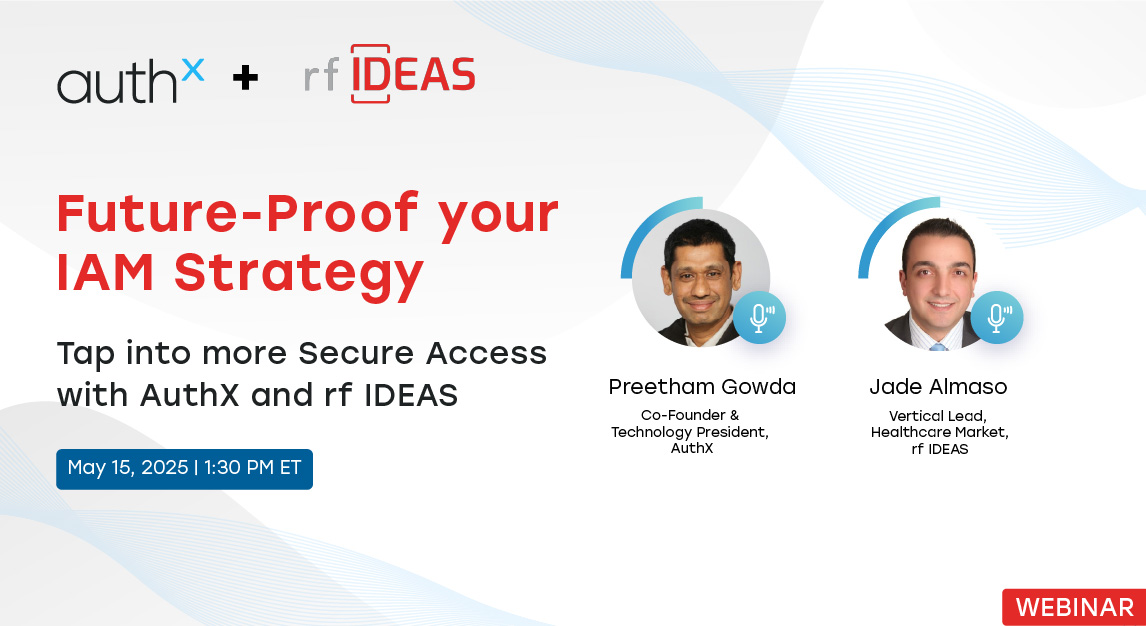What if two leaders in the same company chase the same goal: protecting the business from spiraling costs? One calls them operational losses, the other calls them cyber risk. But in today’s reality, the biggest drain comes from the same root cause: unchecked cyberthreats and their deteriorating impact on revenue, brand trust, and resilience.
The CFO worries about the bottom line. The CISO worries about resilience. But if both step back, they’ll realize they’re looking at the same problem through two different lenses. When security weakens, costs rise. And when costs spiral, so does the pressure to cut investments, including security. It’s a cycle that only breaks when both leaders start thinking alike.
In this article, we’ll look at why IAM sits at the center of this cycle, why CISOs need to evaluate IAM the way a CFO would, and how reframing IAM as a business enabler changes the conversation in the boardroom. The goal is simple: give CISOs the financial lens they need to unlock buy-in, budget, and long-term value.
The Changing Role of the CISO
The CISO’s role has expanded from defending networks to shaping business strategy. They’re now expected to be storytellers, risk managers, and cost optimizers. But here’s the challenge: security investments don’t always come with immediate or visible ROI. That’s why bridging the gap with the CFO mindset is critical.
CFOs focus on:
- Long-term financial impact
- Operational efficiency
- Cost avoidance and risk quantification
- Value creation
If CISOs can frame IAM decisions in these terms, alignment with the board becomes much easier.
Why CFO Thinking Matters in IAM Decisions?
From my perspective, the CFO lens forces us to ask tougher, more practical questions about IAM investments. It shifts the conversation from “How secure is this?” to “What value does this bring to the business?”
IAM touches every user, every system, and every transaction. Poorly managed IAM can balloon costs through inefficiencies, manual processes, and compliance fines. On the other hand, a well-designed IAM strategy delivers cost savings, productivity gains, and stronger business resilience.
IAM as Both Risk Management and Value Driver
Traditionally, IAM was pitched as a way to reduce cyber risk and meet compliance requirements. But modern IAM solutions go further. They:
- Streamline employee onboarding and offboarding
- Automate access provisioning
- Reduce helpdesk ticket volumes from password resets
- Enable secure remote and hybrid work
- Improve customer trust and digital experience
Every one of these outcomes has a financial dimension. If IAM saves 5,000 password reset tickets a year, that’s more than just convenience: it’s labour cost savings. If IAM accelerates user onboarding by a day, that’s a measurable productivity gain.
Key Evaluation Criteria: What a CFO Would Ask
When CISOs adopt the CFO mindset, the evaluation of IAM solutions changes. Instead of focusing only on features, you start asking:
- Total Cost of Ownership (TCO)
- Upfront licensing costs
- Implementation and integration expenses
- Ongoing management and staffing needs
- Hidden costs like consulting or add-on modules
- ROI Beyond Security
- Time saved in provisioning and deprovisioning
- Reduction in IT support workload
- Faster access for new hires
- Lower risk of regulatory fines
- Business Alignment
- Does the IAM platform integrate with our growth strategy?
- Can it scale with new applications, cloud environments, and acquisitions?
- Will it support both workforce and customer identity needs?
This is where CFO-like thinking brings clarity. Security may justify the need, but ROI justifies the spend.
Friction Between CISOs and CFOs
We should acknowledge the reality: CISOs and CFOs often speak different languages. CISOs talk about threats, breaches, and zero trust. CFOs care about cost, efficiency, and shareholder value. That disconnect creates tension.
I’ve been in boardrooms where security leaders presented a strong case for IAM upgrades, only to see it fall flat because the financial case wasn’t made. The lesson: if you want CFO support, you need to frame IAM in terms they care about.
Building a Shared Framework for IAM Evaluation
So, how do we bridge the gap? I recommend that CISOs evaluate IAM solutions using a dual lens, security and financial.
Here’s a framework that resonates with both sides:
- Risk Reduction: Quantify avoided breach costs, compliance penalties, and insider threat risks.
- Efficiency Gains: Highlight IT automation, self-service capabilities, and reduction in manual tasks.
- Scalability: Demonstrate how IAM scales with business growth, M&A, and hybrid work models.
- Employee Productivity: Calculate savings from reduced login friction, faster onboarding, and smoother workflows.
- Customer Trust: Emphasize how secure, seamless access drives customer retention and satisfaction.
This framework moves the IAM conversation from “IT spend” to “strategic business enabler.”
Practical Steps for CISOs to Adopt CFO Thinking
Here’s where I want to be specific. From my experience, these steps make the difference:
- Translate risk into dollars: Don’t say “high risk of breach.” Say “potential $4M cost of breach based on industry averages.”
- Use real benchmarks: Show time saved per user and process, and aggregate that into yearly impact.
- Tie IAM to growth goals: Link IAM investments to digital transformation, cloud expansion, or customer experience initiatives.
- Collaborate early: Before the budget cycle, bring the CFO and finance team into IAM strategy discussions.
- Measure continuously: Track KPIs like helpdesk ticket reduction, time-to-access, and compliance audit readiness.
This is how CISOs move from cost center to value creator.
Where AuthX Fits In?
At AuthX, we’ve seen firsthand how IAM decisions made with a CFO mindset transform organizations. Our platform improves operational efficiency, reduces IT overhead, and scales with business growth.
Combining adaptive MFA, Single Sign-On, and identity governance in one platform, we help organizations balance risk management with measurable ROI.

“Cyber risk is no longer just a technology challenge. It’s a balance sheet challenge. When security and finance leaders unite, they stop treating cybersecurity as an expense and start treating it as cost avoidance.”
Preetham Gowda
IAM as the Bridge Between Security and Finance
If you’re a CISO evaluating IAM today, my advice is simple: don’t think like a security officer. Think like a CFO. Ask how each decision will reduce costs, accelerate work, improve compliance, and ultimately create business value.
IAM is way more than just about keeping bad actors out. It’s about unlocking growth, efficiency, and trust. When CISOs adopt this mindset, IAM becomes one of the most strategic investments the business can make.
Discover how the right IAM strategy can reduce costs and accelerate growth – get in touch with us.

